“No matter how many times you explain, customer just doesn’t get it”
“We expect user to use our product in X way, but they use it in Y way”
We do ‘this’, but they think we do ‘that’ and starts comparing us with something ‘that’.
If this is your Kaifiyat (frustration), then you are not alone. Most of the startup entrepreneurs and marketers face this challenge every day.
“How to position your product” is the biggest question.
Shankar Maruwada, brand builder for Aadhar (UDAI project) and P&G products ran a very intensive round table discussion at TouchMagix office Pune. With Twelve entrepreneurs, primarily building global standard technology products to solve business and/or consumer problems echoing same problem – How to position my product without ambiguity.
Beginning of the session, Shankar made it clear that its not a “Gyaan” session, no checklist, best practices or a formula. There is no one pill to solve everybody’s problem. Infact, Shankar insisted, “You’ll walk away with more questions than any answers.”
Bob’s Story: Very first thing Shankar asked all the participants to write a brief story of our “Bob – The Customer”.
Imagine Bob is your most prominent customer. Bob has a problem, Bob uses your product, your product improves Bob’s life.
Rest of the day, Shankar used the “Story” as a base to have each participant pitch/sale their product to everybody in the room. As a participant pitches his/her product, rest of the group critiqued it as a customer. Since most entrepreneurs come from a background and/or experience where they could imagine a use of the pitched products, they were able to provide valuable inputs.
While one entrepreneur pitched his enterprise communication product, while someone else pitched their idea to implementation services business. Rest of the group found it difficult to understand “what exactly does it do”. Thats when Shankar helped with his expert probing questions to highlight the core problem these entrepreneurs are trying to solve. The group also helped highlight a critical situation where the product could make the most impact.
This exercise helped to understand “Although your product might be solving 10 problems or your may have 10 different features, it is important to understand which is THE MOST BURNING PAIN/PROBLEM your product help solve. Focus only and only on that. This helps creating a “Good positioning” in customer’s mind as he is looking for a solution for the same.
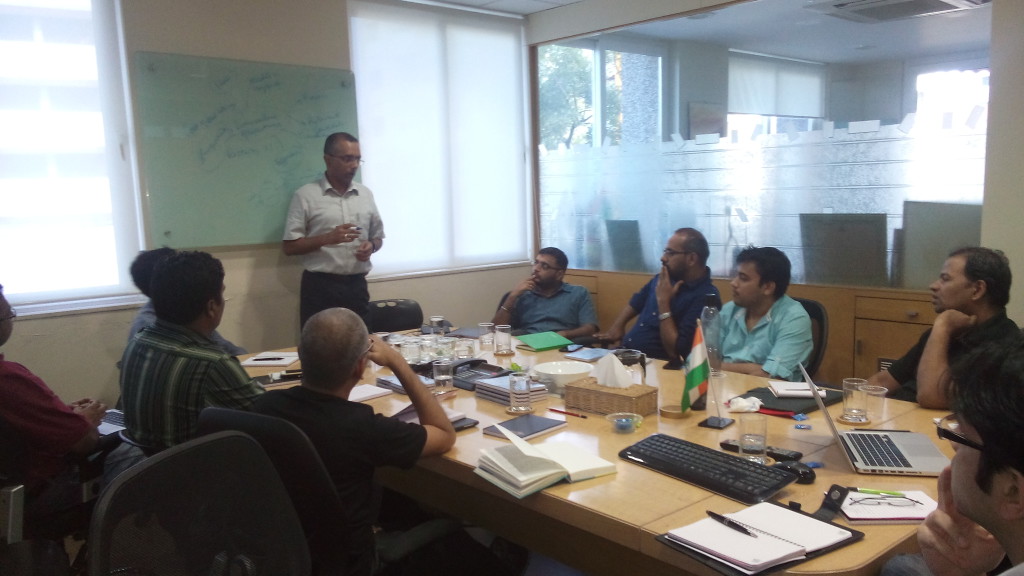 Curse of Knowledge
Curse of Knowledge
At this point, Shankar introduced a concept of “Curse of knowledge” which works in both ways. To prove a simple yet profound point, Shankar made us perform a group exercise. (I won’t reveal the details as it will spoil the fun and learning if you happen attend the session in future)
This exercise helped realize two things –
- What you think is easy for customers to understand, may not be that easy. So work hard at it.
- Once you “Know” something, it is difficult to Not know it. – Curse of knowledge.
Curse of knowledge may work in two ways. Based on what words you are saying in your pitch, your customer starts connecting dots in his own mind with his pre-knowledge and starts comparing your products against it. If your pitch helps tap into right knowledge, customer quickly gets the point. However, if your pitch distracts him on different line, then you face a challenge of not being able to convince him. Most importantly if your product is expecting to change his existing habits, then you face a real challenge as customer (in his mind) will always try to defend his own working habits and will be reluctant to accept/understand what your product does. Here Shankar gave an example of if someone try to change our deep rooted email behavior, will face a significant challenge unless you bring a real value proposition that customer cares about. Here one of the participants shared his experience of how people are looking at website updates as a “job to be done” whereas same users are perfectly comfortable in updating their status on social media.
“The hook” and “The Golden Circle”
At this point Shankar introduced the “Hook or Nail” concept by showing DropBox Product video. In this video, Lee Lefever has identified a common hook from day to day real life of need to organize things in one place. How this hook helps in relating to the need of organizing your digital assets in one place accessible anytime, anywhere. Followed by this Siman Senek’s Golden Circle emphasising on importance of “WHY” and how order of WHY-HOW-WHAT of could change the way people perceive you. The key message here was that “People dont buy what you do, people buy why you do it” and how this is at core of Apple’s success. Shankar also showed another video where complex concept of differential gear was explained with simple analogy of pared bike riders.
Now was a time for us to re-write our Bob’s story by identifying “Hook” and techno-jargon less clear messaging. A few more pitches/product-videos were reviewed and critiqued. This time, Shankar steered the discussion to gain more clarity by drawing mind map of every pitch. With his expertise in digging deep into core emotions, he helped participants to identify keywords that could help them refine their pitch to drive clarity. In this exercise, you want to identify all objectives, emotions, and needs related to your product. Now, arrange them in their priority, connect them with relevance, and eliminate those that add no value or create confusion. Here, asking “Why” is an important aspect of finding the truth and getting clarity. To supplement his point, Shankar shared couple of stories from his efforts while establishing Aadhar brand. How interactions with rural population simplified Aadhar’s positioning (“Pehechaan hi Jindagi ka Aadhar hai”) and help achieve massive adoption.
Framework to think: In the last spell, Shankar summed it all in a simple framework. Every concept has three parts.
Mindset (Belief) – A mindset or accepted/known beliefs of your customer
Benefit – The solution or value your product creates
Support – Social proof or reason to believe
Example: Afraid of wearing a black suit (Mindset) in a party as dandruff could expose you? Worry not, use our solution to get rid of (real benefit) stubborn dandruff and be confident (emotional benefit). Endorsed by these celebrities (Social proof), our dandruff solution builds the confidence to make you hero.
In five hours of intense group discussion, all of us had good understanding of what might be going wrong. Everyone has different product, different customer mindset, different challenges and different situations; but each one will be searching for one “Hook” around which a pitch can be built.
Product positioning starts in Customer’s mind. You need to find a hook where you could position the product with utmost clarity. Next time you struggle with “How come they don’t get it”, ask yourself – Did I find the right hook or have I tapped into wrong zone of knowledge?
Useful videos:
- DropBox Intro Video
- Simon Senek’s Golden Circle
- Lee Lefever on Art of Explanation
- Science of persuasion
- Made to Stick book review
Guest post by Abhijit Mhetre founder at Canvazify – visual platform that helps entrepreneurs and design thinkers drive innovation through collaborative ideation. Abhijit is passionate about collaborative innovation and loves everything about running a startup.


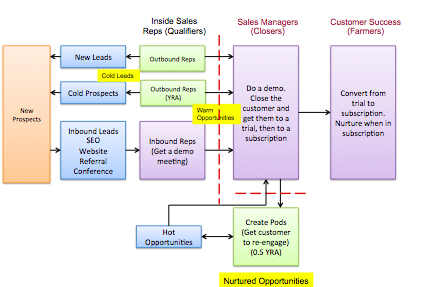
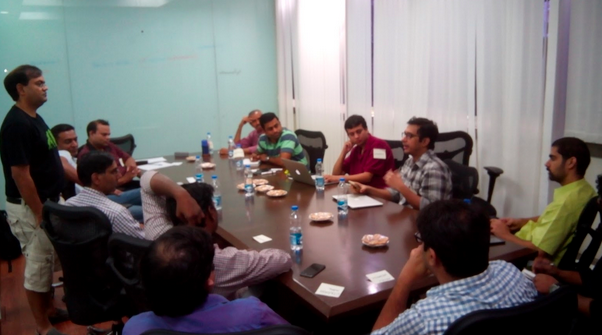
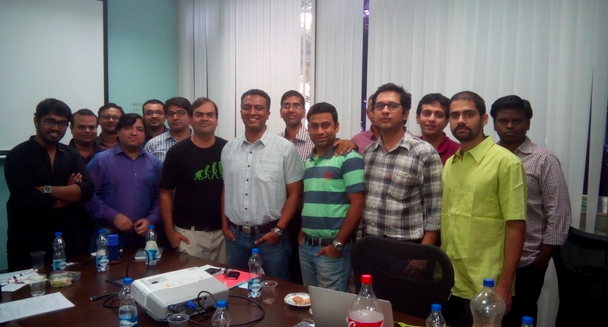
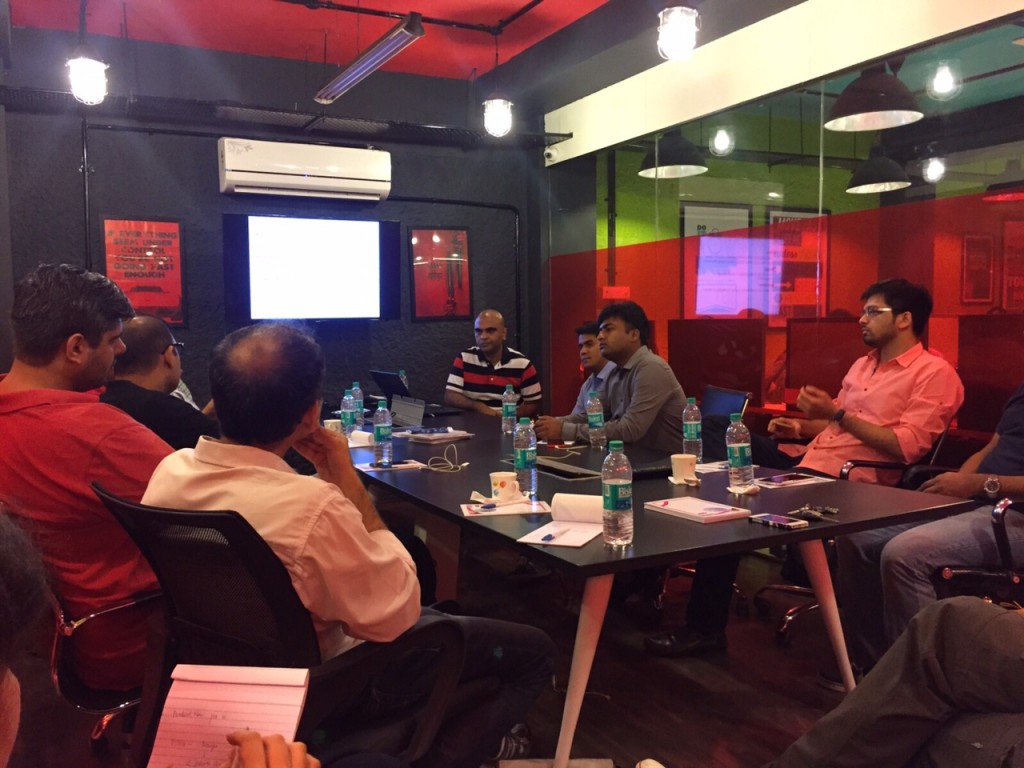 “A great product manager has the brain of an engineer, the heart of a designer, and the speech of a diplomat”
“A great product manager has the brain of an engineer, the heart of a designer, and the speech of a diplomat”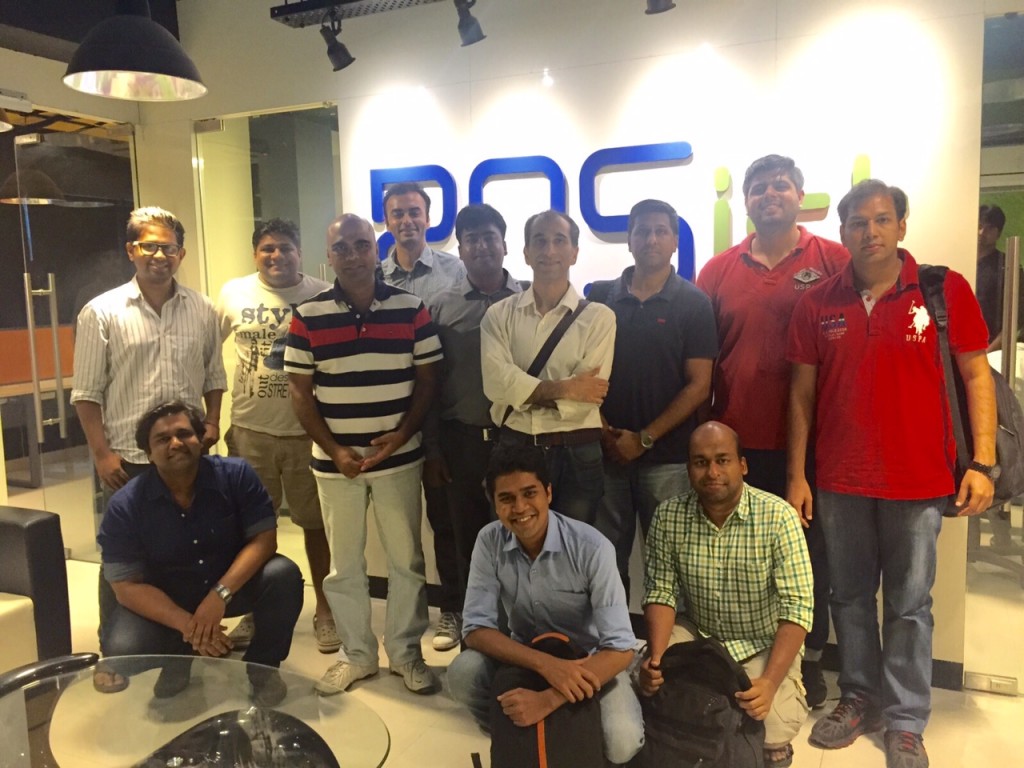 Amit emphasised the importance of tracking the product’s viral coefficient which is the number of additional members every new member brings. It should be greater than 1 for the product to become viral.
Amit emphasised the importance of tracking the product’s viral coefficient which is the number of additional members every new member brings. It should be greater than 1 for the product to become viral.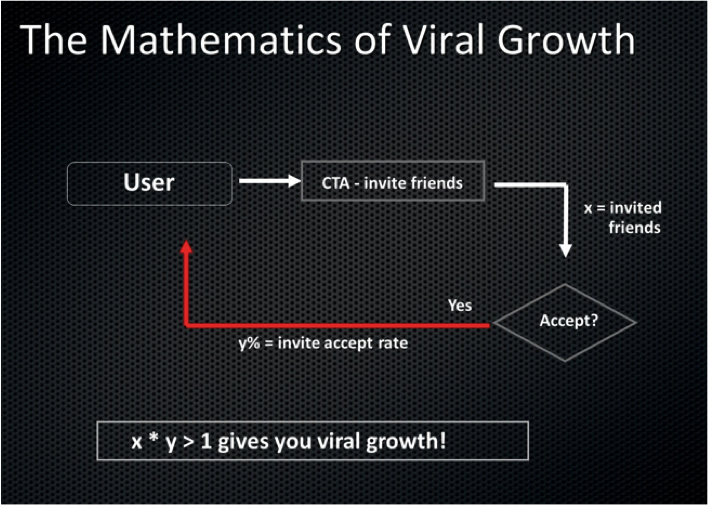
 So on a pleasant Saturday morning , 30th May to be precise, we a bunch of 15 entrepreneurs and few aspiring ones gathered to know how to make it BIG by earning in dollars. United States is by far the biggest market for SaaS companies and if you get it right there you will make it BIG one day.
So on a pleasant Saturday morning , 30th May to be precise, we a bunch of 15 entrepreneurs and few aspiring ones gathered to know how to make it BIG by earning in dollars. United States is by far the biggest market for SaaS companies and if you get it right there you will make it BIG one day. The group agreed that a combination of 2 and 3 would be ideal to reach the right set of customers. Being a category creator – someone who creates a new market needs a lot of investment and F2F interaction. But low cost should not be confused with cheap. We need to build solutions with world class quality at minimal cost thereby passing the benefits to the customers. That creates high value product for them.
The group agreed that a combination of 2 and 3 would be ideal to reach the right set of customers. Being a category creator – someone who creates a new market needs a lot of investment and F2F interaction. But low cost should not be confused with cheap. We need to build solutions with world class quality at minimal cost thereby passing the benefits to the customers. That creates high value product for them. We discussed the marketing process in detail including SEO and Adwords, social media, content marketing, blogging. The importance of google and the traffic it generates is immense so SEO and Adwords are an important piece but the two need different specialised roles. The role of marketing is to get enough leads digitally. These can be through organic search- Google, Yahoo, Bing etc). While google still dominates the majority of the US market, those targeting elderly citizens might want to reach out via Bing as they still have a lot of elderly crowd there. SEO requires identifying your keywords as per the target geography and product. It needs meticulous tracking of keyword ranking every 2 weeks. Fact is if you are not on FIRST page of google, its not worth.
We discussed the marketing process in detail including SEO and Adwords, social media, content marketing, blogging. The importance of google and the traffic it generates is immense so SEO and Adwords are an important piece but the two need different specialised roles. The role of marketing is to get enough leads digitally. These can be through organic search- Google, Yahoo, Bing etc). While google still dominates the majority of the US market, those targeting elderly citizens might want to reach out via Bing as they still have a lot of elderly crowd there. SEO requires identifying your keywords as per the target geography and product. It needs meticulous tracking of keyword ranking every 2 weeks. Fact is if you are not on FIRST page of google, its not worth.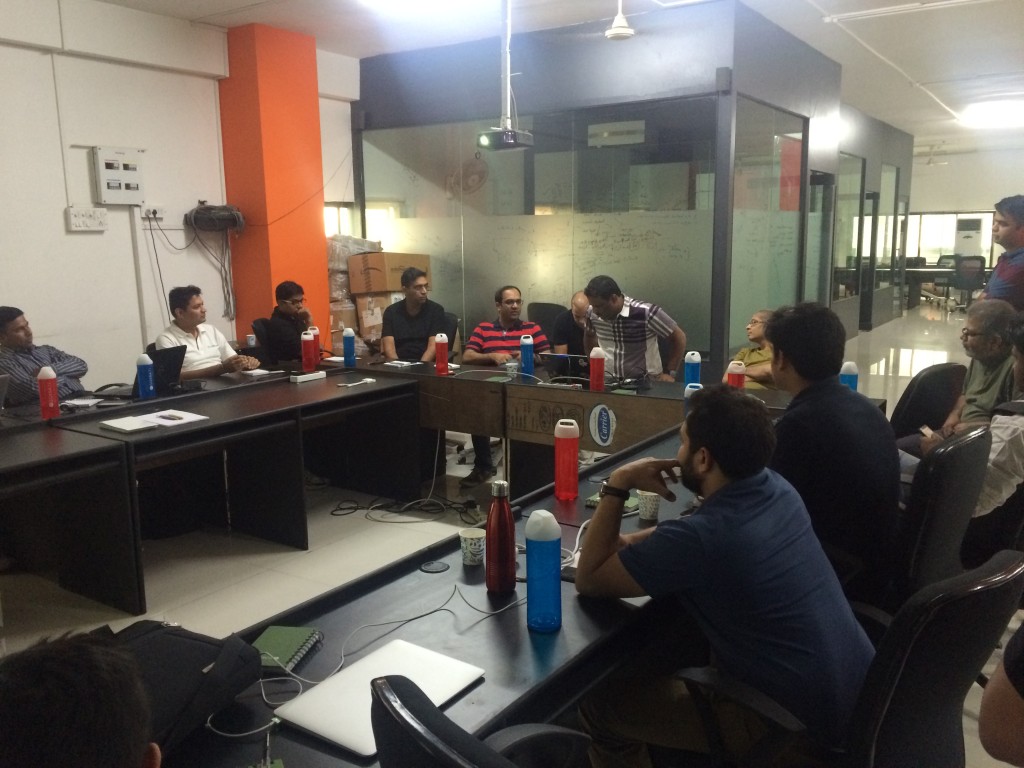
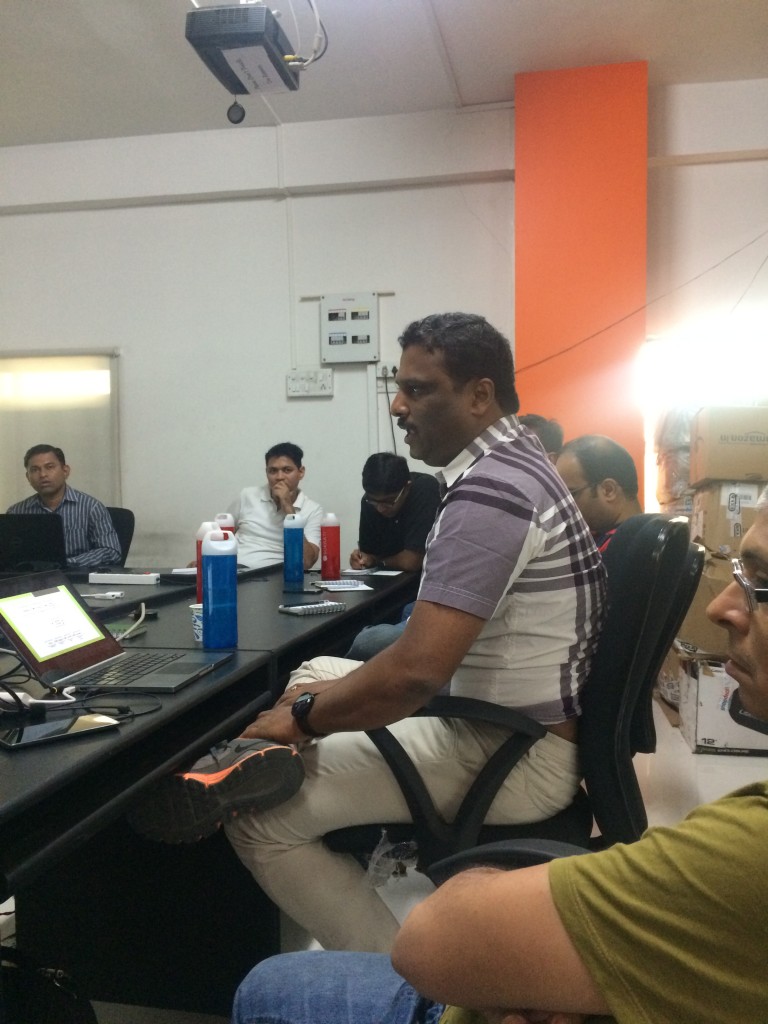
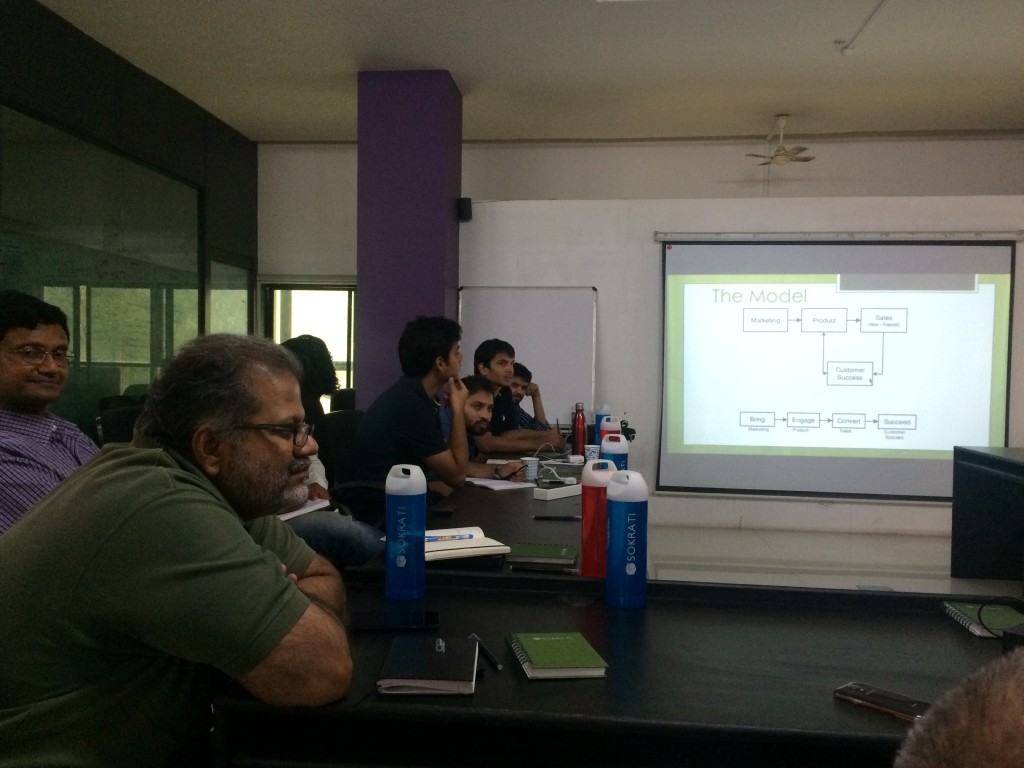

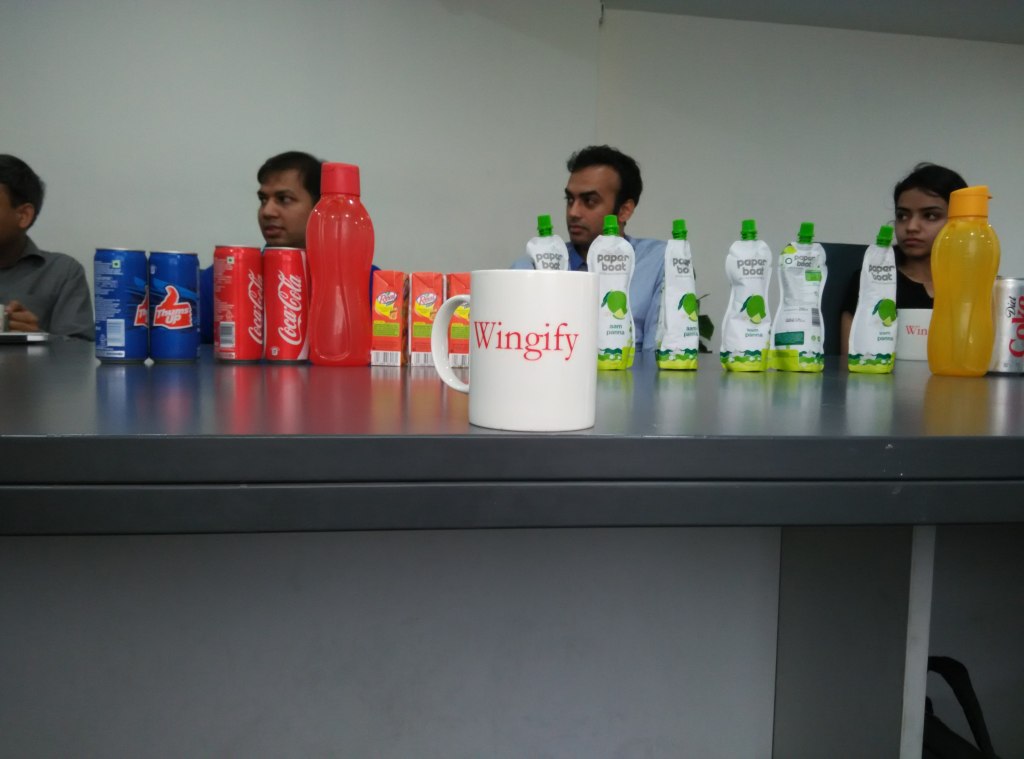
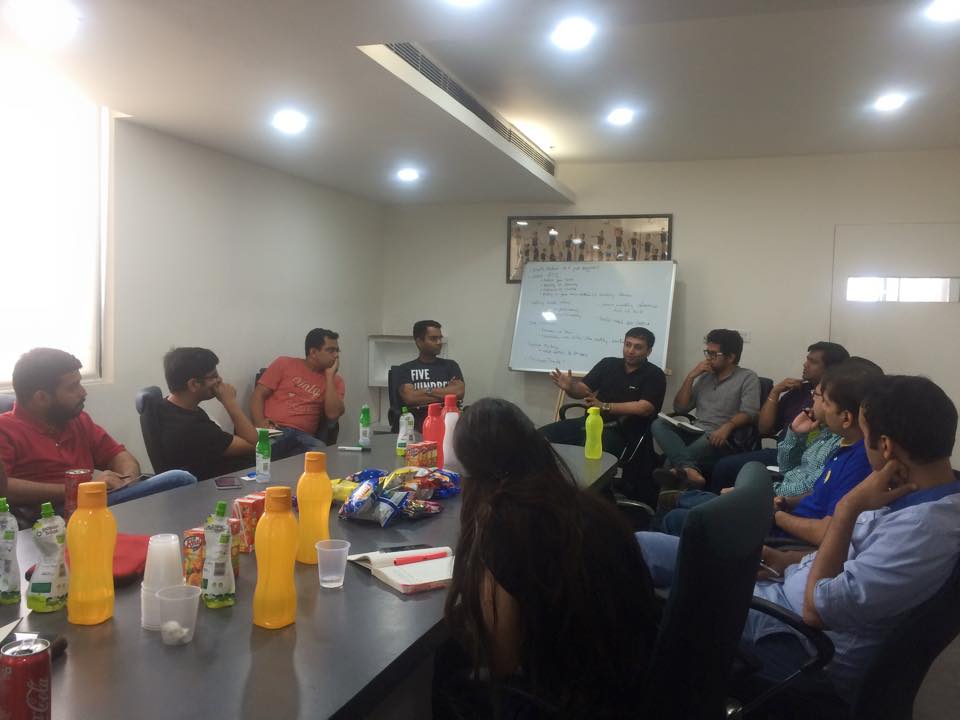
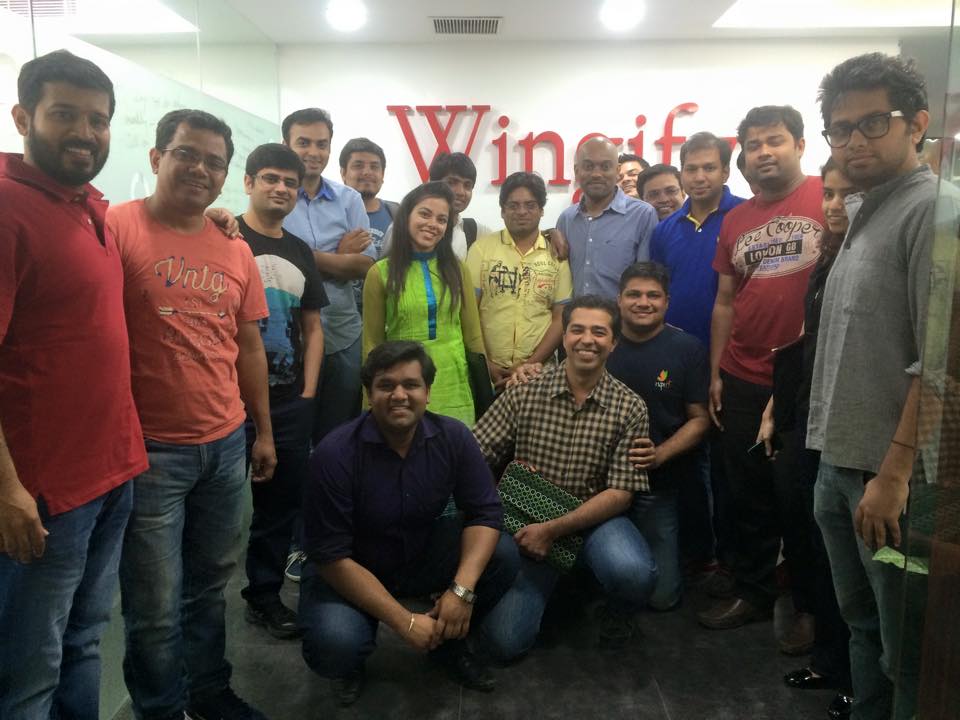
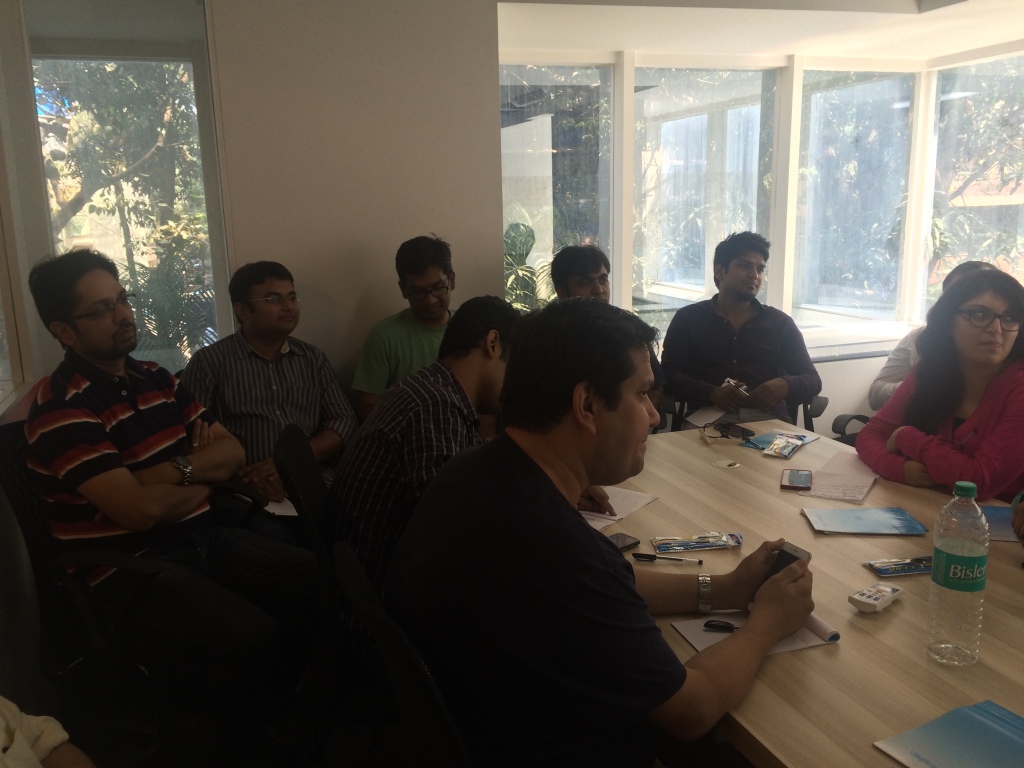 In the era of online marketing and social media, old world sales seems like a relic of a bygone era. But not in India. In a country full of contradictions, traditional sales still has its charm and companies that want to sell in India, must understand the nuances.
In the era of online marketing and social media, old world sales seems like a relic of a bygone era. But not in India. In a country full of contradictions, traditional sales still has its charm and companies that want to sell in India, must understand the nuances.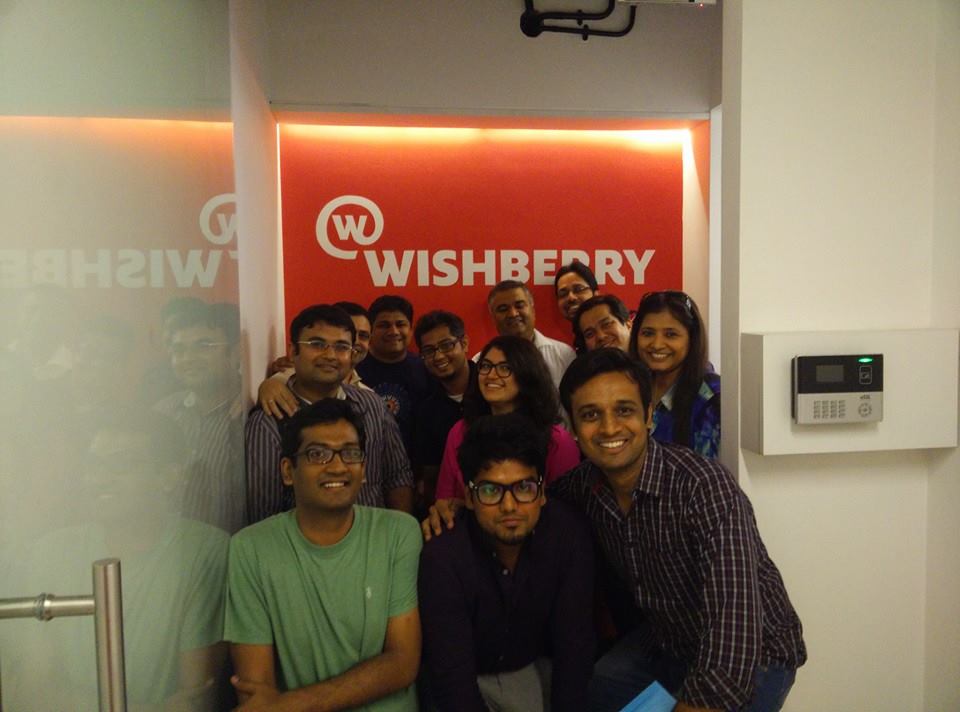 There is a reason the roles of travel agents or insurance agents is shrinking every day. The internet is a wonderful for discovery, learning and distribution of software and startups should go on this path. While sales may be necessary for enterprise, it is too expensive small businesses.
There is a reason the roles of travel agents or insurance agents is shrinking every day. The internet is a wonderful for discovery, learning and distribution of software and startups should go on this path. While sales may be necessary for enterprise, it is too expensive small businesses.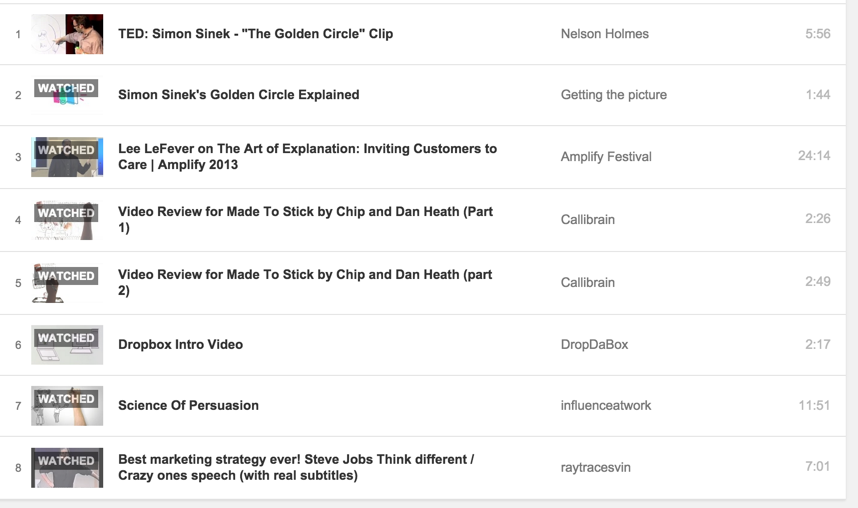
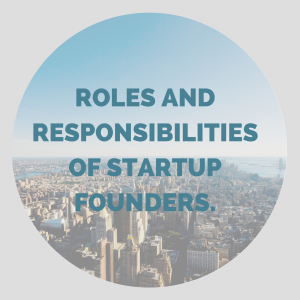
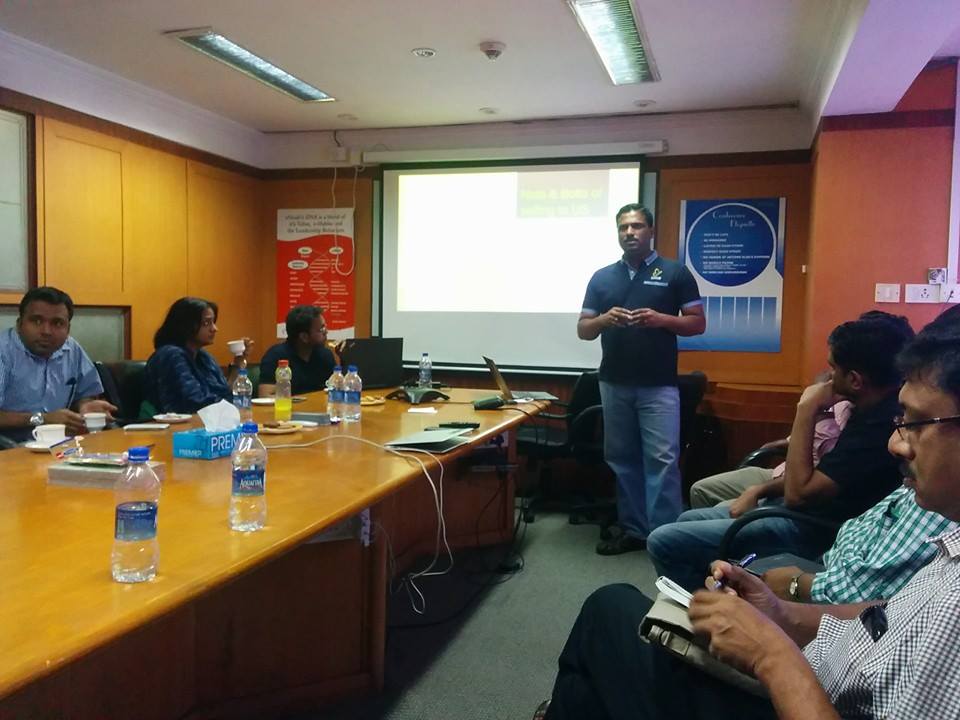
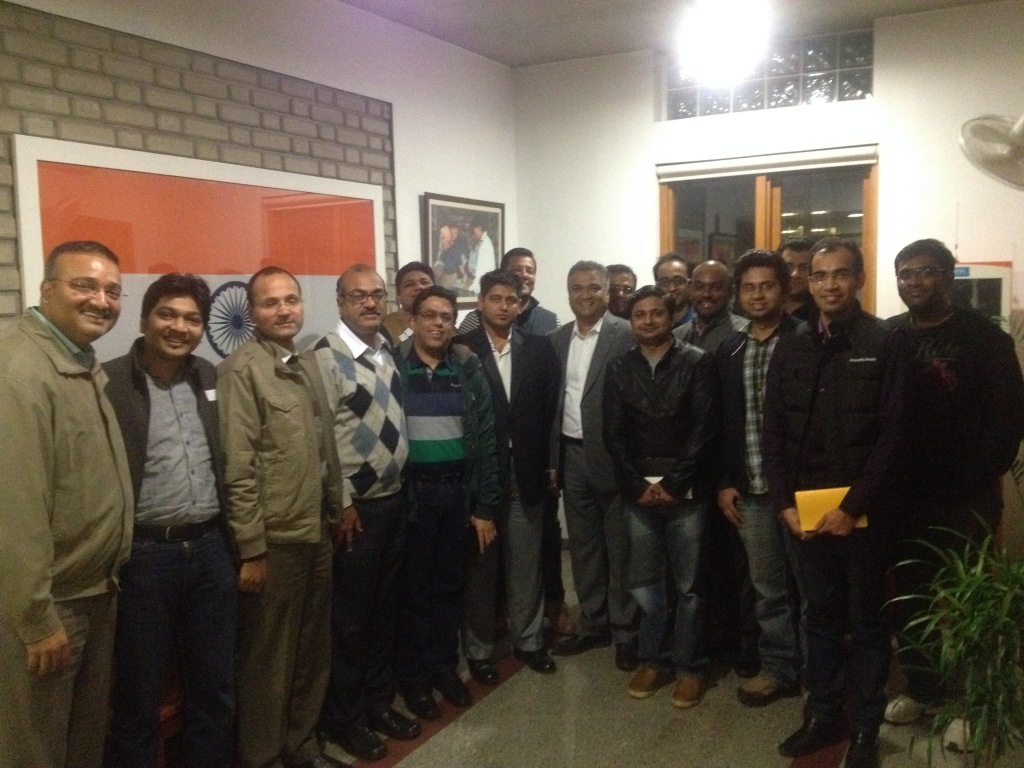 Overview
Overview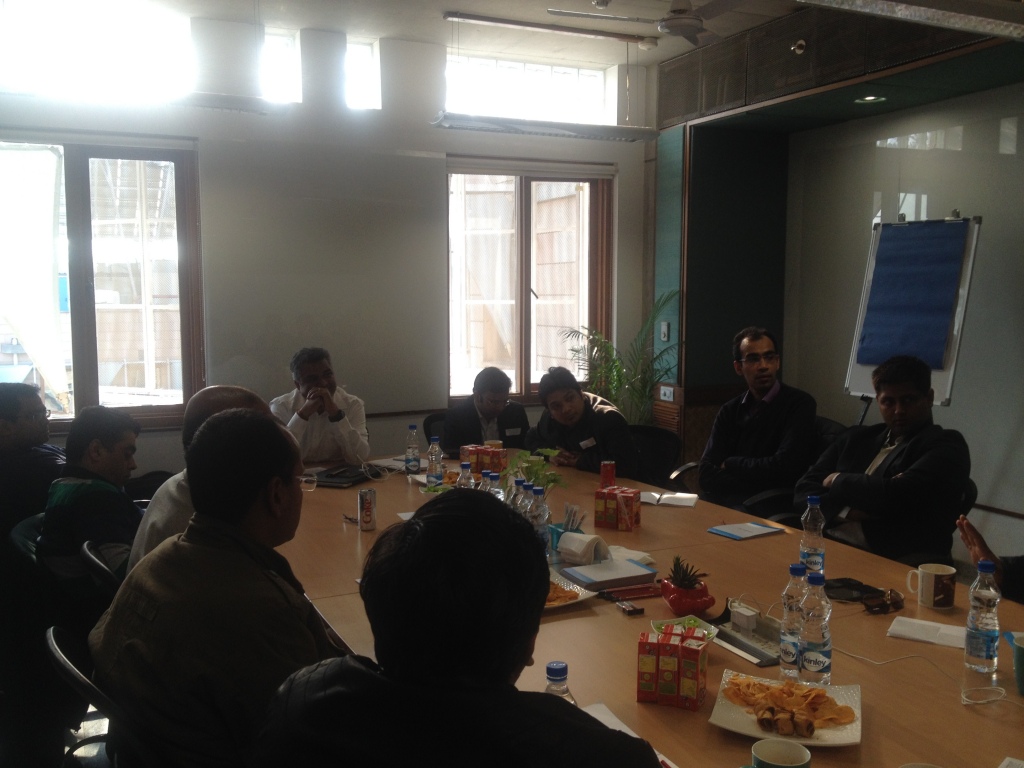 Digital vs. Feet on Street
Digital vs. Feet on Street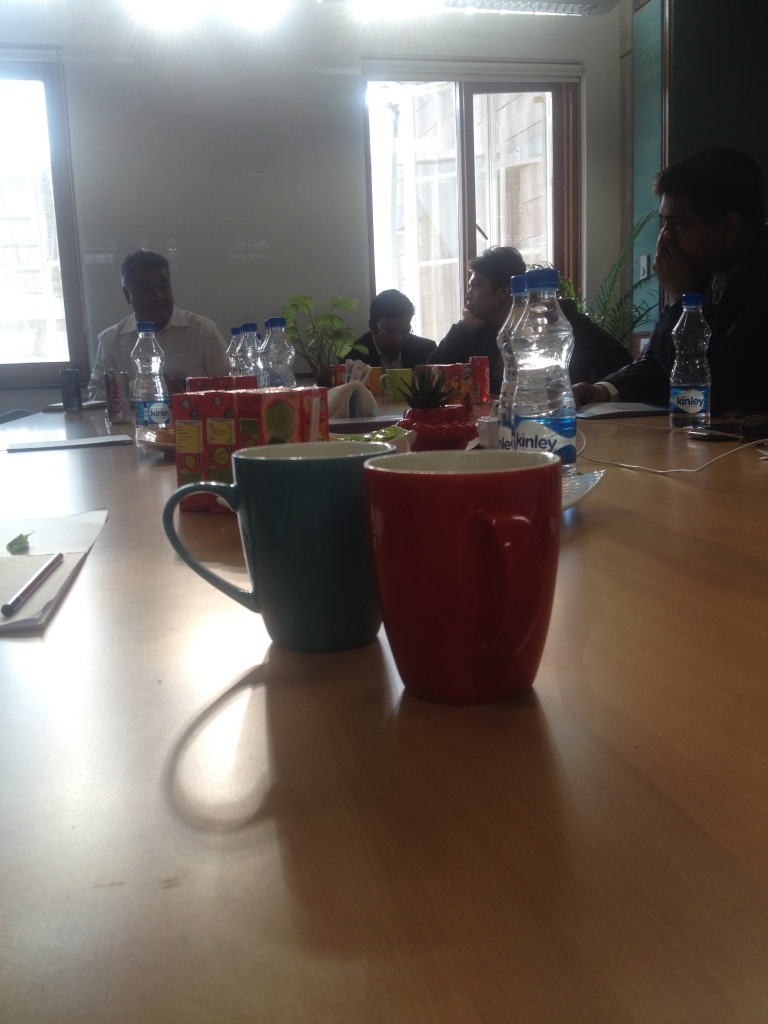 Monopolistic Market
Monopolistic Market The high level of interest and engagement from all participants was evident as the session that planned for 3-4 hours got extended to beyond 7 hours. We finally concluded our first Roundtable for 2015 with a promise from Deepak that he will back with us in a couple of months.
The high level of interest and engagement from all participants was evident as the session that planned for 3-4 hours got extended to beyond 7 hours. We finally concluded our first Roundtable for 2015 with a promise from Deepak that he will back with us in a couple of months.